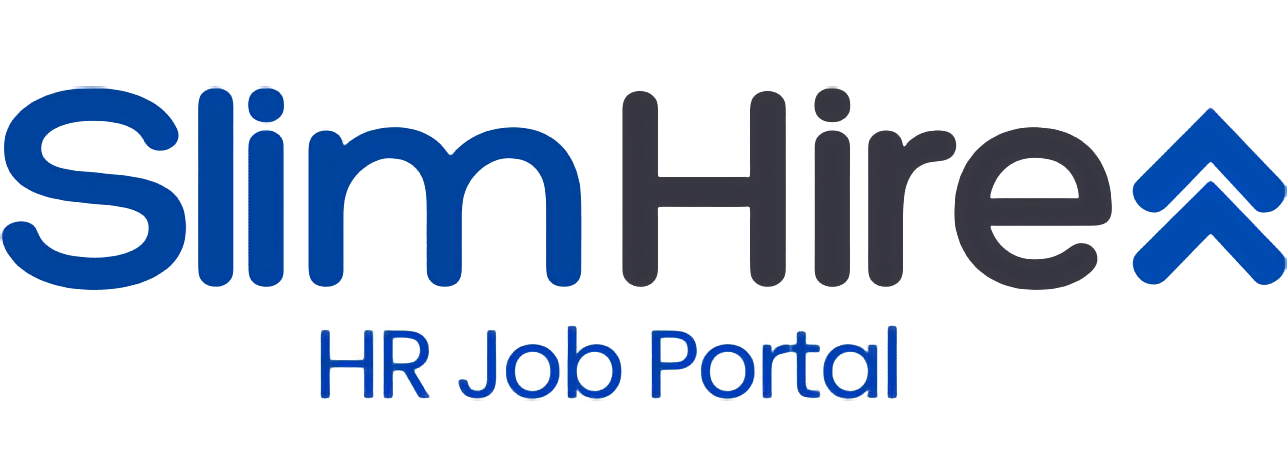Benchmarking Your HR Function—How Do You Know If Your HR is Performing Well?
Many business leaders and HR professionals in Indonesia struggle to evaluate whether their HR department is truly delivering value or just maintaining operations. Without proper benchmarking, HR functions may remain reactive, inefficient, or disconnected from business goals.
This guide will help you measure, compare, and improve your HR function using clear, localised, and practical benchmarks—tailored for Energy, Manufacturing, and Healthcare sectors.
1. Why Benchmarking Your HR Matters
- Shows HR’s business value
- Helps prioritize improvements
- Identifies hidden inefficiencies
- Aligns HR with sector-specific operational realities
Without it, you’re managing blind.
2. What to Benchmark in HR
Focus on performance indicators that are measurable and actionable. The most useful areas:
- Time to Fill
- Target: 30–45 days (non-exec), 60–90 days (exec)
- Offer Acceptance Rate
- Healthy: 85–90%
- Employee Turnover (Voluntary)
- Good: <10% per year
- Cost per Hire
- Typical: IDR 5–25M (mid-level), up to IDR 100M+ (exec)
- HR Staff Ratio
- Ideal: 1 HR per 60–100 employees
- Training Hours per Employee
- Benchmark: 20–30 hours/year
- Payroll Accuracy
- Target: >99.5%
3. Sector-Specific HR Performance Benchmarks
Energy
- Critical roles need fast response due to site timelines.
- Ideal Time-to-Fill: 30–35 days for field ops.
- Training ROI matters—monitor compliance-based certification completion.
Manufacturing
- Workforce efficiency = business performance.
- Absenteeism and dispute resolution benchmarks are key.
- Use benchmarks like “Time to Resolve IR Case: <7 days”
Healthcare
- Workforce stability and credential tracking are key.
- Turnover of clinical support staff >15% is red flag.
- Time to onboard (incl. credential check): <14 days
4. Where to Get Benchmark Data
- Use industry-specific HR networks or partners like SlimHire
- Government and industry associations (e.g. APINDO, KADIN, PERSI)
- Job portal analytics for real-time hiring data
- Internal year-over-year metrics
Avoid comparing yourself to global norms. Indonesia’s talent landscape is unique.
5. Sample Scorecard for Internal Use
| Area | Metric | Your Score | Benchmark |
|---|---|---|---|
| Recruitment | Avg. Time to Fill | 62 days | 45 days |
| Payroll | Accuracy Rate | 98.5% | 99.5% |
| L&D | Avg. Training Hours | 12 hrs/year | 25 hrs/year |
Use this monthly/quarterly to track trends—not just snapshots.
6. How to Use the Insights
- Prioritize areas with biggest business impact, not just HR goals
- Build a lean HR improvement roadmap
- Present to leadership as a business performance tool, not HR admin
7. Final Advice
You don’t need global HR tech to benchmark well.
You need the right indicators, practical targets, and local relevance.
